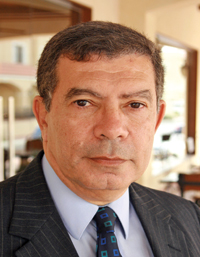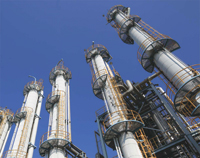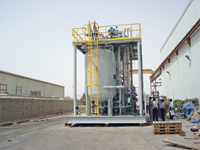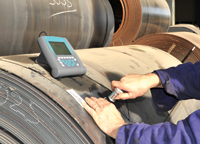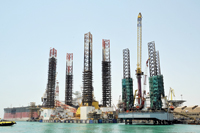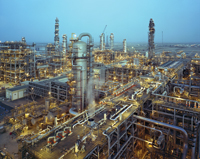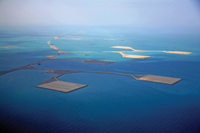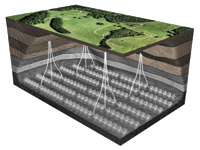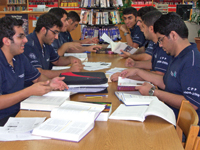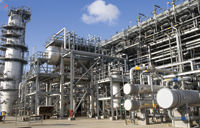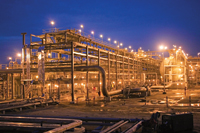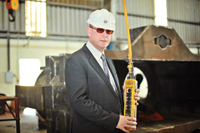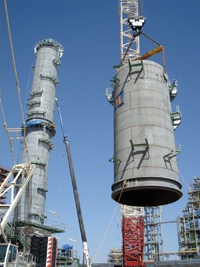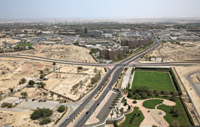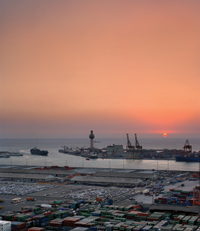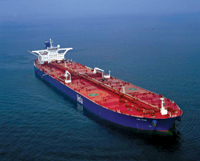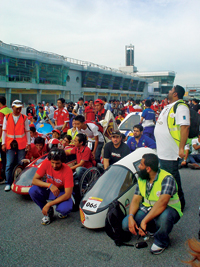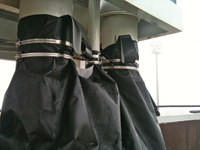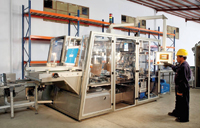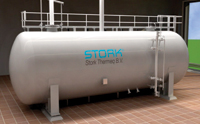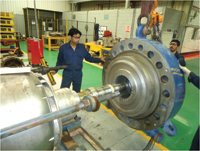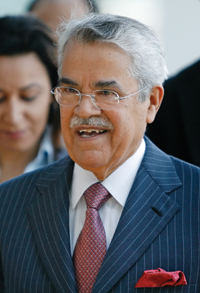
SAUDI ARAMCO says its proven crude and condensate reserves dipped to their lowest level since 2004 last year as the company pushed its oil production to one of the highest levels in decades and achieved only limited exploration success.
“In 2011 we witnessed some of the highest crude oil production totals in the past 30 years,” the state-owned oil giant says in its 2011 Annual Review.
Output for the year was 3.31 billion barrels, an average of 9.07 million barrels per day (mbpd), which exceeded the surging output of 2008 and roughly matched the volume produced in 2005.
Overall Saudi production – which includes 50 per cent of the Neutral Zone that Aramco does not operate – surged in 2011 after the kingdom unilaterally chose to meet incremental global demand after a failed Opec meeting last June.
Aramco’s proven crude and condensate reserves fell by 400 million barrels versus the previous year to 259.7 billion barrels, the lowest reported figures since 2004.
The company announced only one oil discovery, Wedyan-1, a wildcat well located 450 km southeast of Dammam in the Empty Quarter that flowed at 2,300 bpd from the Mishrif reservoirs. It is the second oil discovery since Aramco restarted exploration in the vast desert in 2005, it says.
Manifa, which Aramco calls the world’s fifth largest oil field, will start coming on stream by June 2013 and will hit full output of 900,000 bpd in December 2014, the report says. Meanwhile, Aramco’s offshore and onshore Maintain Potential Programme added 104 new oil and water wells in the year.
Crude exports averaged 6.6 mbpd, up 110,000 bpd from 2010, but below the 6.9 mbpd exported in 2008.
Aramco continued its shift in strategy toward exploration of more of the kingdom’s frontier regions. Data teams completed initial analysis of offshore areas southwest of Julayjilah and Midyan in the lightly-explored Red Sea – some 800 km north of Jeddah, near Jordan. And the company began drilling its first shallow-water well in December.
As concerns about domestic energy demand have dominated the agenda recently, Aramco “focused heavily on major offshore gas developments in the Arabian Gulf” last year. The company added 3.6 trillion cubic feet (tcf) to its gas reserves to reach 282.6 tcf, despite producing an average of 9.88 billion cubic feet per day (bcfd) of gas in 2011. Output peaked at an all-time high of 11.2 bcfd.
Karan, Aramco’s first nonassociated gas project, brought on 400 mmcfd in mid-2011 and is on track to produce 1.5 bcfd this year. The full 1.8 bcfd of output from Karan will be ready in 2013, it says.
The 2.5 bcfd Wasit development, which will take gas from the offshore Hasbah and Arabiyah fields, remains on track for 2014.










































































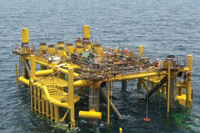
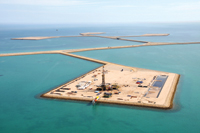
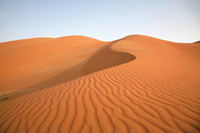
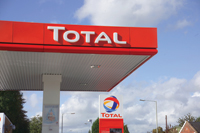
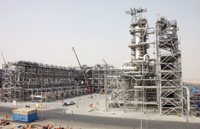

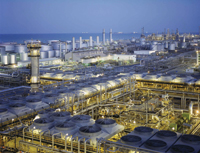

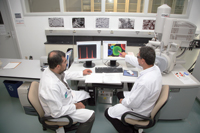

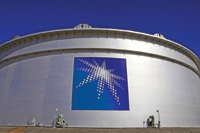

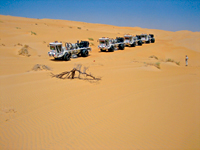

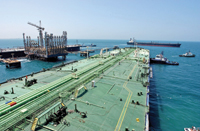
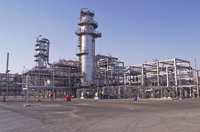

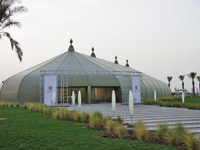

.jpg)
